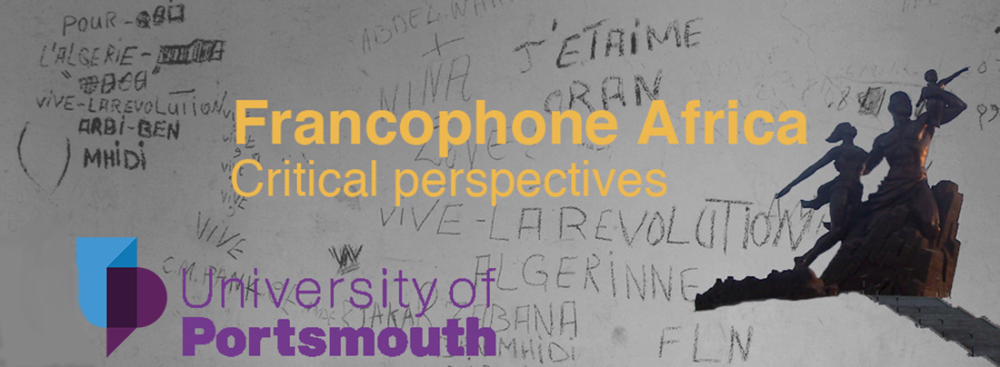It took the Trump administration an unusually long time to appoint an Assistant Secretary of State for African Affairs. When the nominee was ultimate chosen, it was Tibor Nagy, a retired Foreign Service officer who had served as ambassador to Guinea and Ethiopia. His swearing-in took place in September (see his remarks from that ceremony here).
Nagy is now on his first trip overseas (I think) since taking his post. Lasting from 29 October to 10 November, the trip will take him to the United Kingdom, France, Togo (November 1), Guinea (November 2-4), Mali (November 4-7), and Nigeria (November 7-10). From the official statement, let’s just excerpt the part about Mali and Nigeria:
In Bamako, Mali on November 4-7, Assistant Secretary Nagy will hold meetings with Malian government officials, host a trade and entrepreneurship roundtable, and meet with YALI alumni.
The final stop on the trip will be Abuja, Nigeria. Assistant Secretary Nagy will have meetings with government officials, members of the American business community, religious leaders, civil society organizations, youth groups, and he will deliver a speech at Baze University on U.S.-Africa relations.
I was not previously familiar with Baze University, which is located in Abuja. Its website is here.
Nagy laid out more of his agenda in a blog post. After describing his past experiences in/with Africa, he wrote:
On this trip, I have set out four themes as part of my engagement. The first is to promote stronger trade and commercial ties between the United States and Africa by creating a level playing field across African markets for all companies, regardless of where they come from.
This means placing an emphasis on rule of law, transparency, recourse for investors, and fighting corruption.
My second priority is harnessing the potential of Africa’s youth as a force for economic ingenuity and prosperity.
[…a section on demographics follows…]
My third goal is to advance peace and security through partnerships with African governments and regional mechanisms. The transnational challenges of terrorism and extremism in the Sahel, Northern Nigeria, Somalia, and now in Central Africa, and the rise of Boko Harem [don’t blame me – AT], Al Qaeda in the Magreb, ISIS West Africa, and Al Shabaab, require new, determined regional approaches to counteract these groups. This includes better-trained and paid African security and law enforcement.
I look forward to engaging productively with the African Union, the Economic Community of West African States, and what I hope will be an inclusive and re-energized Intergovernmental Authority for Government.
Finally, I want to set the record straight – the United States has an unwavering commitment to the continent and its people. From the President’s Emergency Plan For AIDS Relief to Power Africa, to the African Growth and Opportunity Act, Feed the Future, the Young African Leaders Initiative, and numerous other development and exchange programs, the United States has stood side-by-side with African nations since de-colonization to improve livelihoods, increase life expectancy, open our markets to African exports, promote democracy and human rights, and elevate Africa’s place in the world.
Read more on Sahel Blog
